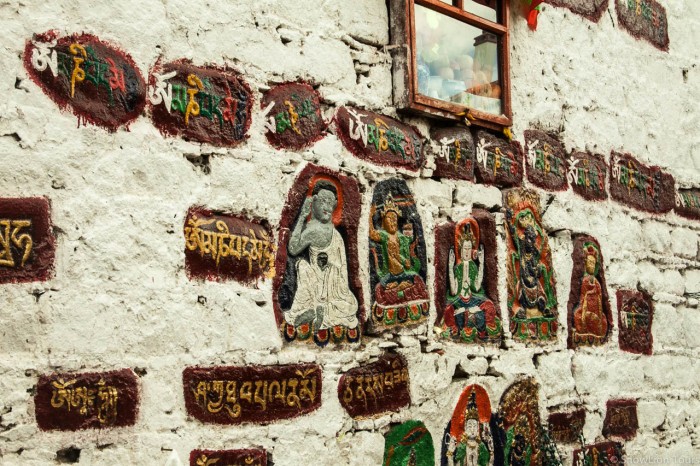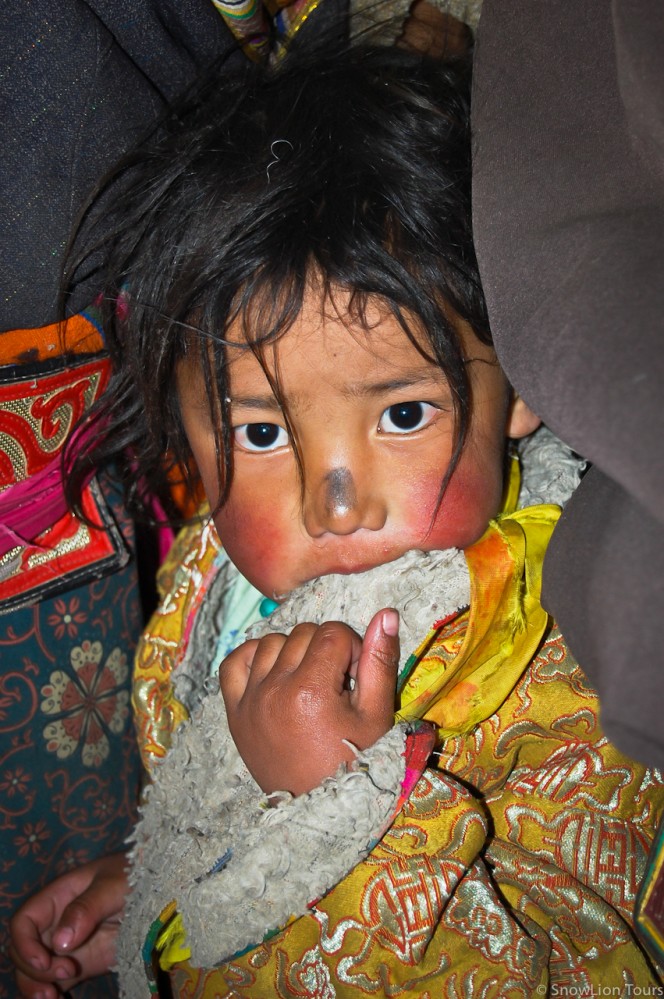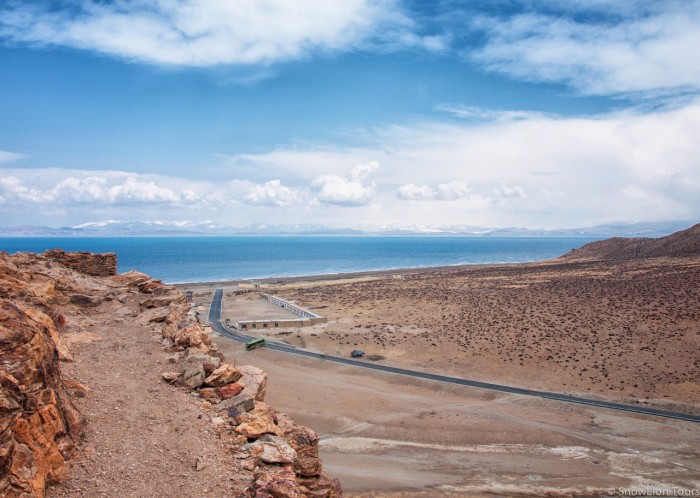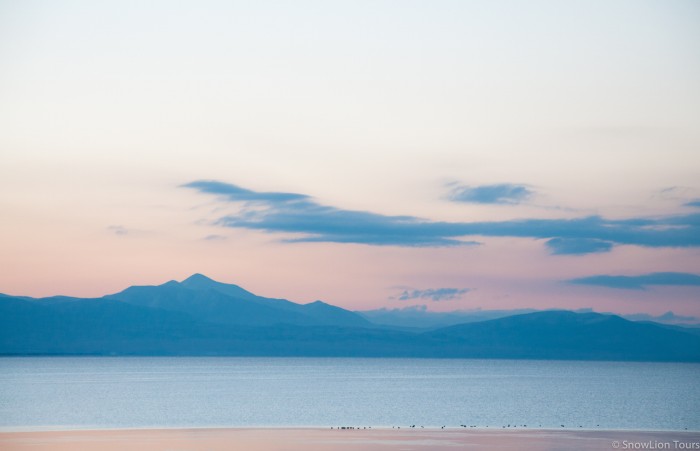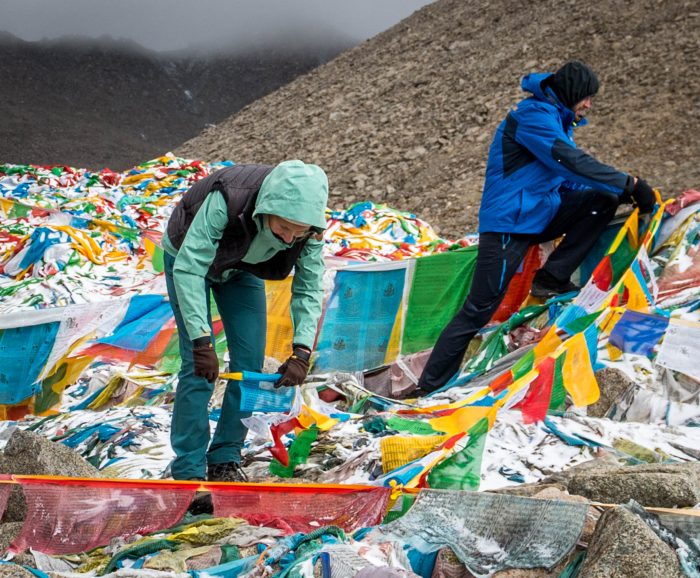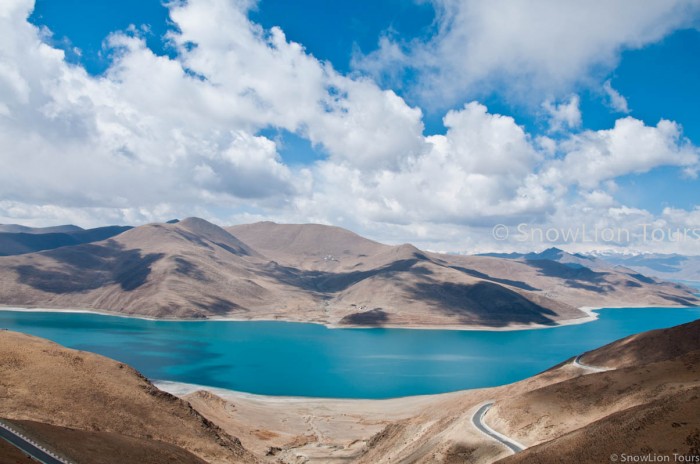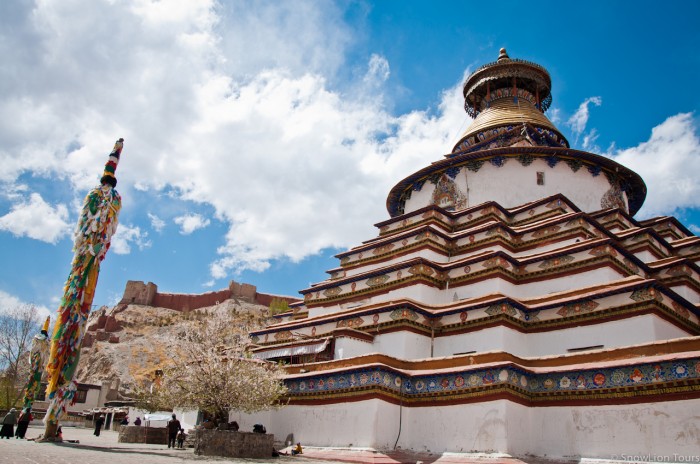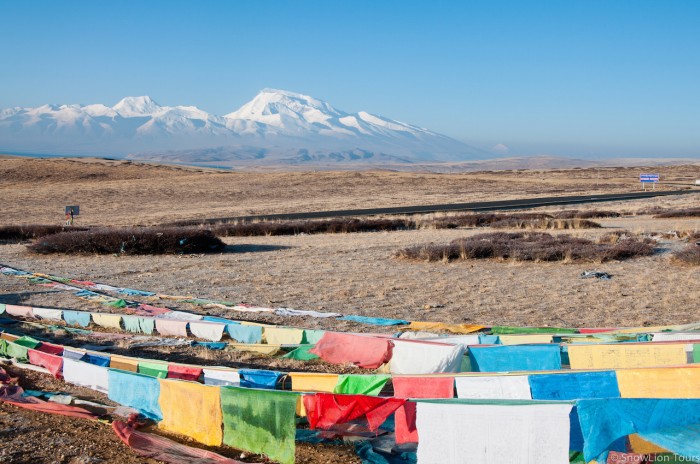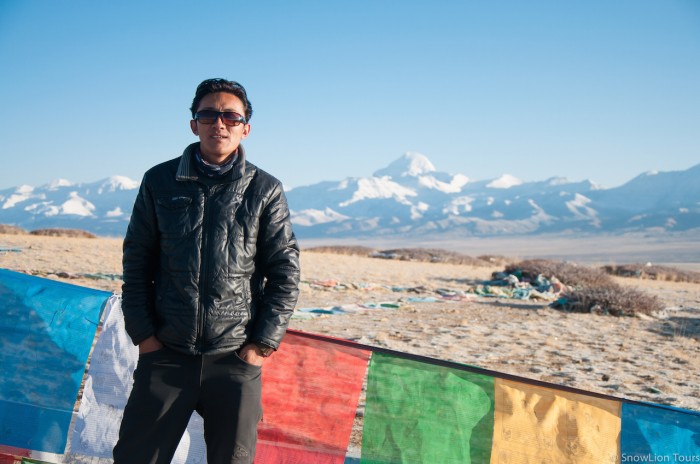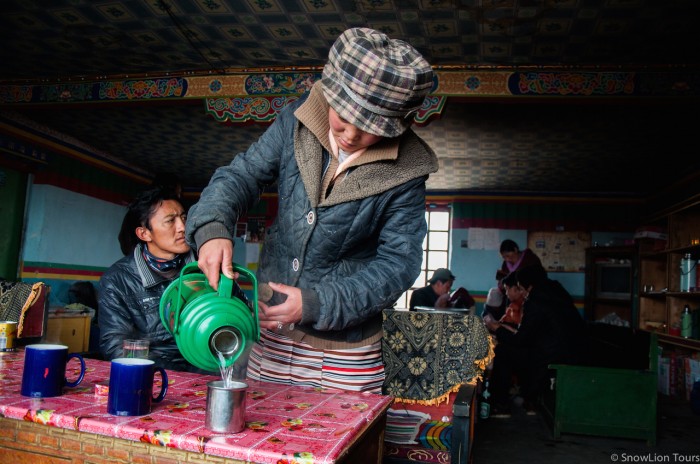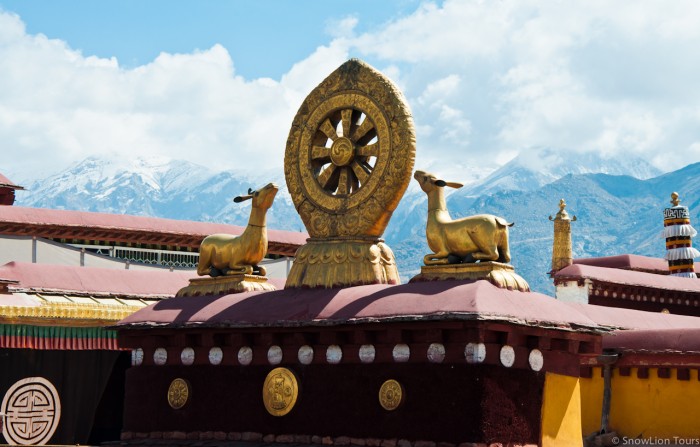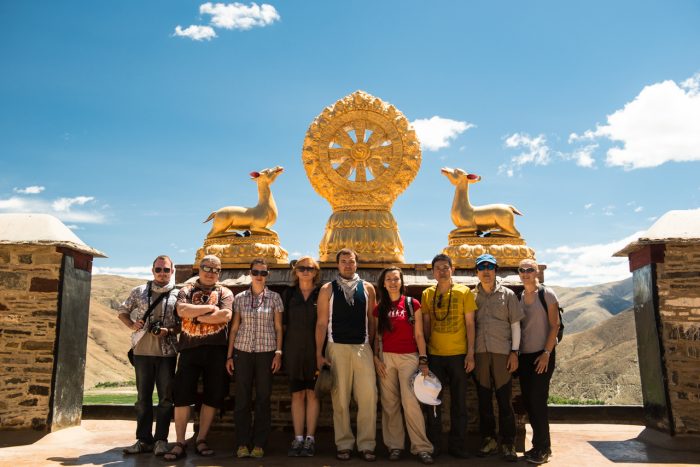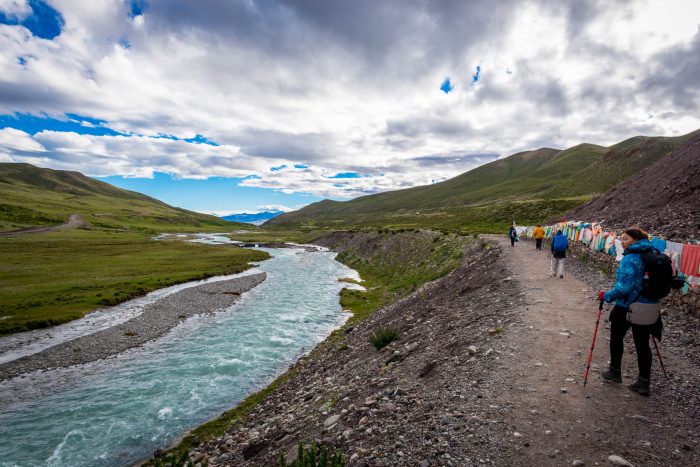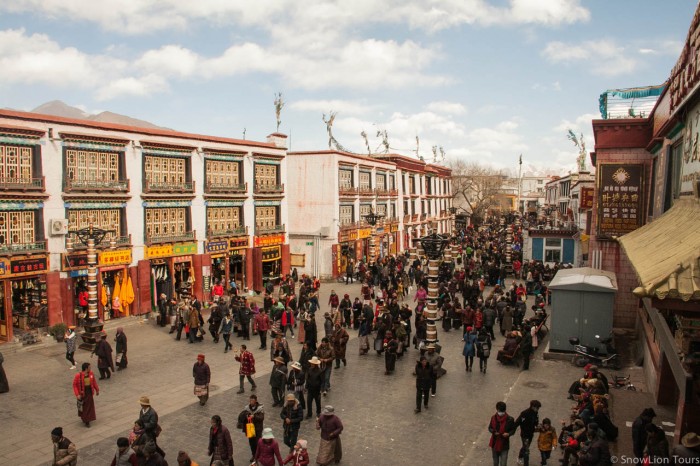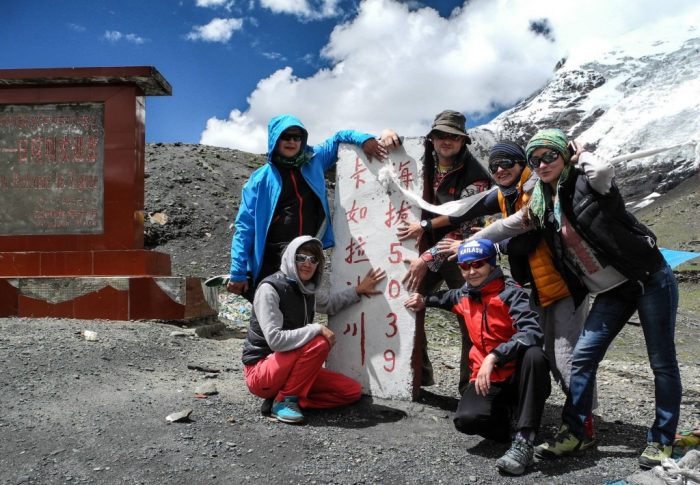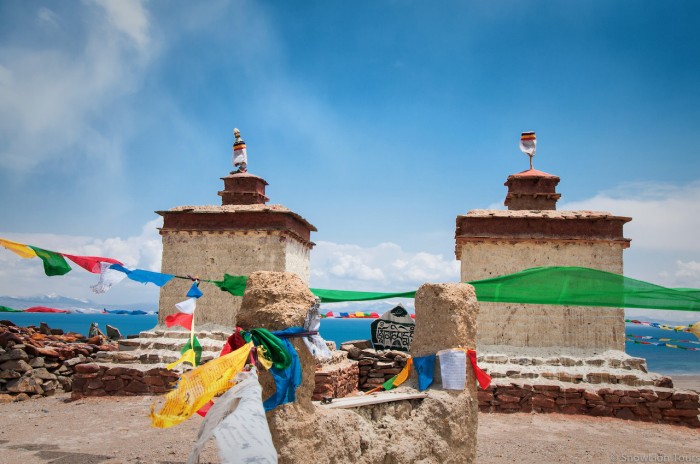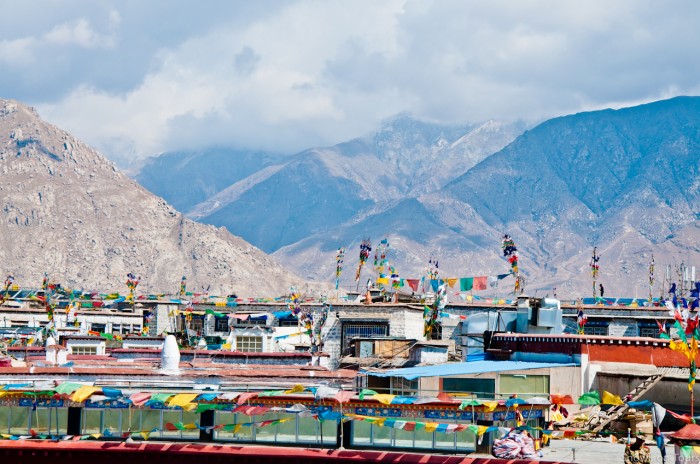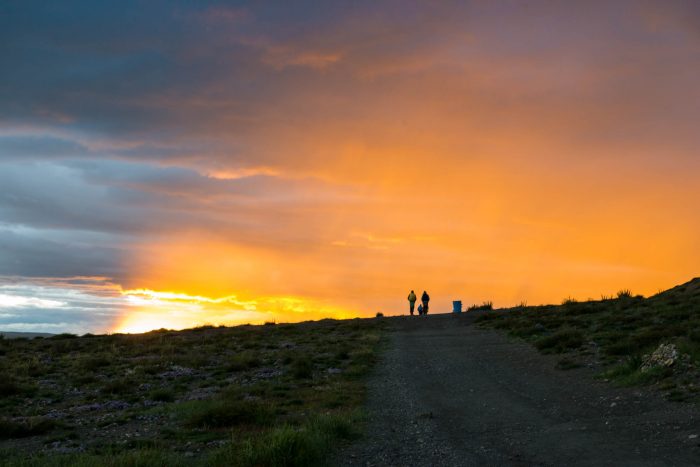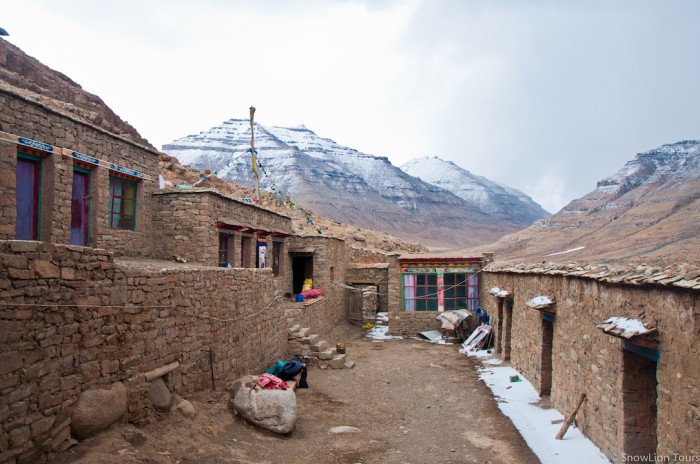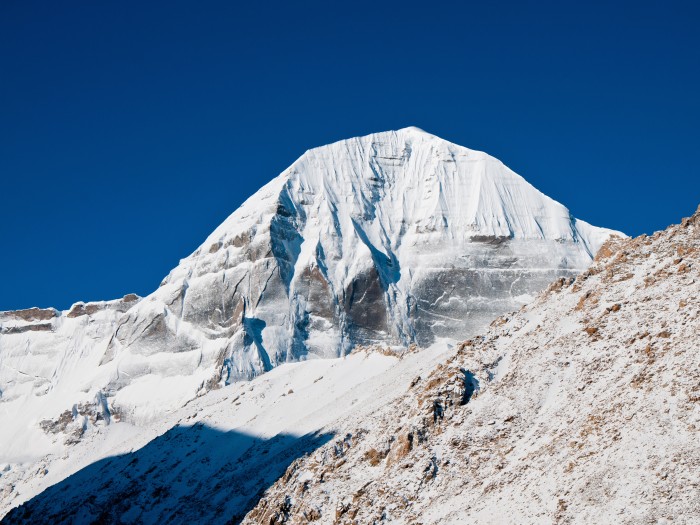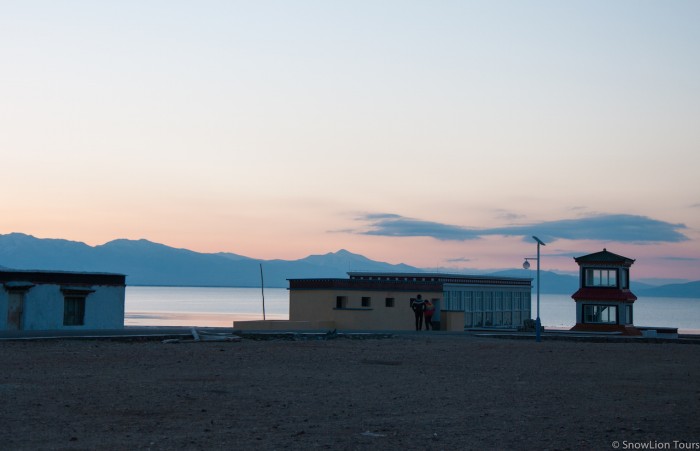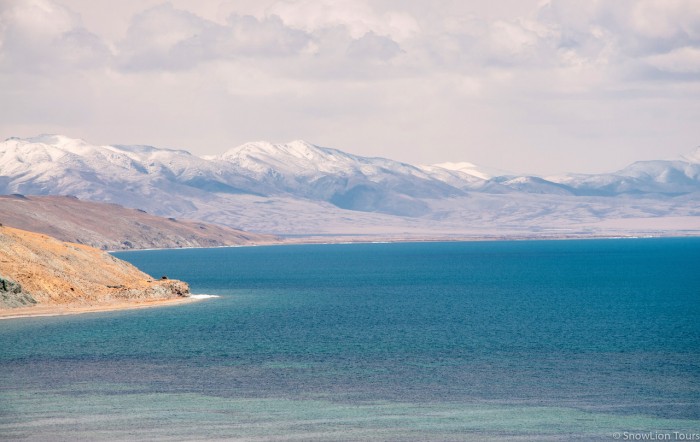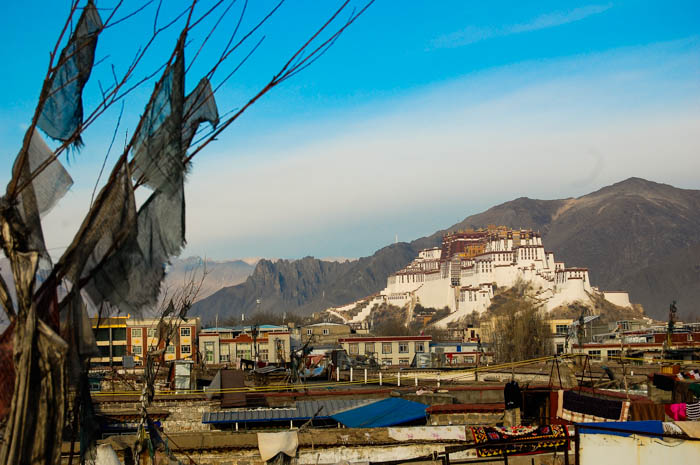This tour combine one of Tibet’s festival and Mount Kailash Kora. The festival we attend in is Samye Monastery Dhode Festival which is one of the oldest festival in it’s kind. The festival is carried out on 15th of fifth month in Tibetan calendar. This is biggest festival in Samye Monastery. Then our Kailash journey begins. Mt. Kailash, which is known as the Precious Jewel of Snows in Tibetan, is considered by Buddhists to be the abode of the deity Chakrasamvara. It is said that if one does 108 circumambulations, one will reach enlightenment. The great Tibetan poet-saint Milarepa once declared, “There is no place more powerful for practice, more blessed, or more marvelous than this. May all pilgrims and practitioners be welcome!”
Route: Lhasa — Samye Festival – Mindroling – Yamdrok Lake – Gyantse – Shigatse – Lake Manasarovar – Chiu Hotspring – Mt. Kailash trek – Saga – Kyirong border – Nepal or Lhasa.
Highlights
- Lhasa monasteries and city life
- Same Monastery Festival
- Mt. Kailash trek
- Lake Manasarovar, Peiku Tso, and Yamdrok
- Cultural and spiritual experience
- Tibetan people, wild animals
Details
- 17 days trip begins and ends in Lhasa, Tibet
- 15-day trip begins in Lhasa and ends in Nepal border, Tibet
- 16 nights in hotels and guesthouses for participants begin and end in Lhasa, Tibet
- 14 nights in hotels and guesthouses for participants end and exit at Nepal border
- Altitude from 3500-5650 m
Tour Costs
- Tour price: from 2880 USD per person
- E-mail us for an exact quote
- See Prices & Booking for more information
Dates
- Group Tour : 6th – 20th July (ends in Kathmandu)
- Group Tour: 6th – 22nd July (end in Lhasa)
July 6 / Day 1: Arrival in Lhasa [3658 m]
Welcome to Lhasa! Meet your guide in the capital of Tibet. Check-in at the hotel and rest for acclimatization.
July 7 / Day 2: Lhasa sightseeing:
Morning trip to Drepung Monastery, the largest Buddhist monastery and university of the Gelug school, located 10 km from Lhasa. Founded in the early 15th century by Jamyang Choje, a disciple of Je Tsongkhapa, Drepung served as the residence of the Dalai Lamas until the construction of Potala Palace. In the afternoon – visit to Sera Monastery, built by Sakya Yeshe, a disciple of Je Tsongkhapa. Here you will see the famous philosophical debates of the monks and can perform a kora (ritual circumambulation) around the monastery.
July 8 / Day 3: Lhasa sightseeing
Morning excursion to Potala Palace, the winter residence of the Dalai Lamas. Potala consists of 13 floors with a total height of 118 meters. Inside there are one thousand rooms containing about two hundred thousand images and statues of Buddhist masters and deities. Special attention is paid to the stupas containing relics of the Fifth and Thirteenth Dalai Lamas. Currently, Potala attracts thousands of Buddhist pilgrims. They perform koras around the Palace, recite mantras and prayers, and make prostrations. After lunch, visit to Jokhang Temple with the sacred statue of Jowo Buddha and Barkhor Square, where hundreds of Tibetans perform koras (ritual circumambulations) around the temple. Then visit to Ramoche Temple, which is the second most important after Jokhang. Ramoche houses the holy statue of Buddha at the age of 8, brought from Nepal in the 7th century.
July 9 / Day 4: Lhasa – Brahmaputra River – Yumbulagang – Samye Monastery
Today you will travel to Tsethang district along the Yarlung Tsangpo River (Brahmaputra). You will stop at the foot of Yumbulagang Palace, which requires about half an hour to climb. The palace is the very first building constructed in Tibet in the second century BCE. Yumbulagang was also the residence of Nyatri Tsenpo, the first king of Tibet. Afterwards, you will head to Samye Monastery on the opposite bank of the Brahmaputra River. Upon arrival at the monastery, you can climb Hepo Ri – a hill located behind the monastery, which offers a view of the Samye mandala. Samye is the first Buddhist monastery in Tibet. It was built at the end of the 8th century under the guidance of Tibet’s King Trisong Detsen, who invited Shantarakshita – a great Indian Buddhist scholar and abbot of Nalanda University – to Tibet. If time permits, you can walk the kora around the monastery with Tibetan pilgrims. Overnight at the Samye Monastery hotel.
July 10 / Day 5: Samye Festival – Climb to Hepo Ri Hill
Today is the World Prayer Day and the main festival of Samye Monastery. You will witness a captivating masked dance, cham, performed by monks. On this day, pilgrims from Tsethang and other regions of Tibet come here to participate in the celebrations. After the performance, if you have time left, you can climb the sacred Hepo Ri hill, which offers a breathtaking view of the monastery and the valley. Overnight at the Samye Monastery hotel.
July 11 / Day 6: Samye – hike to Chimpu Caves – Tsethang
In the morning – hike to the Chimpu Hermitage Caves. The journey takes about two hours one way, with scenic views along the way. At the top are ancient caves where monks and hermits meditate, maintaining the tradition of solitary practice. In the evening – transfer to Tsethang, the 3rd largest cities in Tibet.
July 12 / Day 7: Tsethang – Yamdrok Lake [4442 m] – Gyantse [3900 m] – Shigatse [3836 m]
Morning transfer to Yamdrok Yumtso Lake, which is one of the four most revered lakes in Tibet. Then the route continues through two mountain passes – Karola and Simila to the city of Gyantse. Here we will visit the famous Pelkor Chode Monastery with the ancient Kumbum stupa, built in the 15th century in the northwestern part of the city. Pelkor Chode was once the largest non-sectarian Buddhist learning center, and today only 2 main temples remain. Next to the main temple stands Tibet’s largest stupa – Kumbum. It has many chapels that can be visited, ascending clockwise from one floor to another. Then – transfer to Shigatse.
July 13 / Day 8: Shigatse – Lantso Lake – Saga [4640 m]
Morning in Shigatse, tour of Tashilhunpo Monastery – the residence of the Panchen Lamas. Here is an enormous statue of Buddha Maitreya (Buddha of the Future), where you can ask for good fortune and fulfillment of wishes. Then you will spend a whole day traveling on mountain roads through 4-5 thousand meter mountain passes, which offer indescribable views of the Himalayan peak chain. You will pass through meadows and countryside and will be able to see small lakes and nomad camps with yaks and sheep. After about 180 km, you will stop at the beautiful high-altitude Lake Langzo at 4300 m. Herds of yaks and sheep graze around it. Late in the evening, you will arrive in Saga – a small settlement located near the Yarlung Tsangpo River (Brahmaputra). Overnight in Saga.
July 14 / Day 9: Saga – Darchen [4575 m]
The road leads through a picturesque valley, offering magnificent views of mountain peaks and spacious valleys with grazing herds of yaks and sheep belonging to nomads. As you move southwest, the landscapes change: sand dunes, rocky mountains, and snow-capped peaks appear. Depending on the season, you may meet nomads and wandering traders in colorful national clothes.
Lunch stop in Paryang – one of the highest cities in the world. In this small town, it feels like the sky is at arm’s length. There are several Tibetan and Chinese restaurants, as well as trading stalls where you can buy cookies, drinks, and sweets.
Towards evening, the first view of sacred Lake Manasarovar and Mount Kailash will open up. By the end of the day, arrival in Darchen. Preparation before the kora around Kailash.
July 15 / Day 10: First day of Kailash Kora – to Dirapuk Monastery, 19 km, 6-7 hours
The length of the kora (ritual circumambulation) around Kailash is 53 km. The first day of pilgrimage is relatively easy. The trail passes by the “cemetery of 84 mahasiddhas,” then on the left on the mountainside, the Choku Monastery of the Kagyu school appears, which houses a sacred relic – the conch shell of the Buddhist master Naropa.
In the afternoon, we reach Dirapuk Monastery, where we will spend the night. Here is the historic cave of Gotsangpa (a lama of the Drikung Kagyu school). According to legend, the goddess Senge Dongpa, taking the form of a female yak, led him here, saving him from a heavy downpour. Dirapuk is located directly opposite the northern wall of Kailash. From the roof of the monastery, there is a majestic view of the sacred mountain in all its might.
At the northern slope, you can see Hindus praying to Shiva. In Hinduism, it is believed that Shiva’s abode is at the top of Kailash, and the mountain itself is a reflection of Mount Meru – the cosmic mountain, the center of the Universe. For Buddhists, Kailash is the dwelling place of Buddha Shakyamuni in the form of the wrathful deity Chakrasamvara, patron of one of the highest tantras of Vajrayana Buddhism.
Overnight at the monastery guesthouse.
July 16 / Day 11: Second day of Kailash Kora – Dolma-la Pass [5650 m] – Zutulpuk Monastery, 12 km, 7 hours
The second day is the most challenging stage of the journey, including the ascent to Dolma-la Pass (5637 m). This pass is dedicated to the goddess Tara (Dolma in Tibetan) and is considered one of the most sacred places on the pilgrimage route. At the top of the pass, you can see thousands of prayer flags fluttering in the wind and spreading prayers for the benefit of all beings.
From the pass, the trail leads down to Zutulpuk Monastery (“cave of miracles” in Tibetan). This place is known for the cave where the great yogi Milarepa meditated. According to legends, in the rock inside the cave, there are imprints of his shoulders and upper back. Here you can also see traces that, by tradition, are attributed to Padmasambhava, Yeshe Tsogyal, the legendary King Gesar and his horse. Overnight at the monastery guesthouse.
July 17 / Day 12: Third day of Kailash Kora, view of Mount Nemo Nani – transfer to Lake Manasarovar [4558 m]
The third day will begin with a path along one of the cleanest rivers you have ever seen. The trail is gentle, and there is much more vegetation here. At the end of the valley, before turning right, you will have a stunning view of the snowy peak of Nemo Nani (7728 m). After completing the kora around Mount Kailash, trip to Lake Manasarovar – one of the highest freshwater lakes in the world. This turquoise lake is full of fish and swans. Tibetans consider it sacred and call it “Mapham Tso” – the invincible lake. Manasarovar is also sacred to Hindus. Around the lake are 2 sacred mountains – Kailash and Gurula-Mandala, and Lake Raksekshi. A few kilometers from Lake Manasarovar is Lake Rakshas Tal, crescent-shaped. This lake almost always has waves, is cloudy and windy. There are neither fish nor algae in the waters of the lake. Locals consider this lake the dark beginning, the negative and unknown side of consciousness. On a hill by the lake is Chiu Monastery – an ancient monastery of the Drukpa Kagyu school of Tibetan Buddhism. When Guru Rinpoche (Padmasambhava) brought Buddhism from India to Tibet, he stayed in the Land of Snows for 55 years. When it was his time to leave Tibet, he meditated for a week in a cave near Lake Manasarovar, on the site of which Chiu Monastery was later built. Near the monastery, there are hot springs where everyone can bathe. Overnight at a guesthouse on Lake Manasarovar.
July 18 / Day 13: Lake Manasarovar – Paryang – Saga
Return journey from Western Tibet. Enjoy the beautiful view of the Himalayan chains. Most tourists prefer to rest during these 3 days of travel to Lhasa after the unforgettable kora. But this journey usually brings unexpected surprises, such as suddenly appearing huge rain puddles or herds of yaks and sheep blocking the road. Wild animals crossing the road, beautiful lakes and snows, sunrises and sunsets. All this will make the road much more exciting.
July 19 / Day 14: Saga – Drakar Taso – Kyirong
The return journey from Western Tibet reveals unforgettable panoramas. In clear weather, we will see the majestic Shishapangma, one of the fourteen eight-thousanders in the world. Our path goes through the sacred Gongtan-la Pass (5300 m), also known as Padmasambhava Pass – the legendary teacher who brought Buddhism to Tibet. This is the last high point of our journey, from where a picturesque serpentine begins into the valley.
On the way to the Nepalese border, we will visit Drakar Taso – the power place of the great yogi Milarepa, whose songs and life story have inspired Buddhists for almost a thousand years. Gradually, the harsh Tibetan pastures will give way to the lush greenery of Nepalese forests, and the thin mountain air will be replaced by revitalizing coolness.
In Kyirong, we will visit Padmasambhava’s sacred cave. Before entering the city, we will stop at a waterfall cascading down a rocky slope. According to legend, these waters were blessed by Guru Rinpoche himself.
In Kyirong, we will have free time to rest in cozy restaurants and walk around the city streets. We will visit the Pakpa Temple, built in the traditional Nepalese style, where 30 nuns live today. The day will end at a comfortable hotel in Kyirong.
July 20 / Day 15: Kyirong – Rasuwa Gadi (departure to Nepal) / Kyirong – Shigatse
Morning short transfer to the Nepal border. Part of the group crosses the Tibet-Nepal border and travels to Kathmandu – the capital of Nepal. The border works from 10 am to 3:30 pm. Our Tibetan guide will accompany us to the border on the Tibetan side and help with formalities. This will take 1-2 hours. Afterwards, you will cross the bridge and enter the Nepalese border. On the way to Kathmandu, you will see Langtang National Park, snow-capped peaks, cultivated lands, and the Rasuwa people. Arrival in Kathmandu towards evening. (Note: some parts of the road are unpaved).
Those returning to Lhasa will spend the whole day on the road, as there are speed limits on the highway. Short stops are provided for walks and photos. Along the way, you will see the peaks of Shishapangma, Peikutso Lake, Cho Oyu, and others, and cross the Yarlung Tsangpo River before Lhatse. Arrival in Shigatse late in the evening.
July 21 / Day 16: Shigatse – Yungdrungling Monastery – Lhasa
On the way back to Lhasa – visit to Yungdrungling Monastery, the largest and one of the most influential centers of the pre-Buddhist Bon religion. Here you will see the main assembly hall and the dharmapala hall. Towards evening, return to Lhasa. Free time for walking, shopping, visiting restaurants and Tibetan tea houses.
July 22 / Day 17: Departure from Lhasa
Transfer to the airport or train station. Farewell to Tibet!







